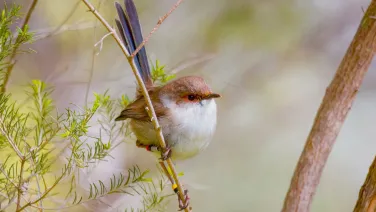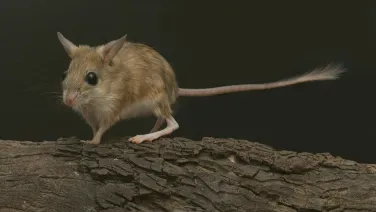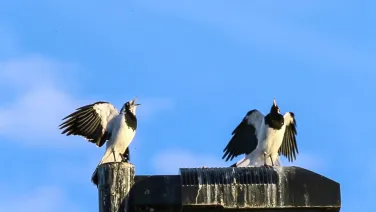News & events
News & events
Find out about our latest news and events.

Helen Osmond has watched the ins and outs of one superb fairy-wren population for three decades.

Spring isn't all it's quacked up to be. Pollen levels are high, magpies are terrorising cyclists and pedestrians alike, and protective duck parents are in attack mode.

Our new research unites genomic sequencing and museum collections to reconstruct the evolutionary tale of native rodents, including many extinct and elusive species – and they have a fascinating origin story.

If swooping season strikes fear into your heart, you're not alone. Fortunately, Dr Chaminda Ratnayake from the ANU Research School of Biology has the intel you need to navigate the great outdoors this spring.

A new study shows Australian magpie-larks may use a ventriloquial illusion to make their vocal duets more threatening.

The raw material for evolution is much more abundant in wild animals than we previously believed, according to new research.
The majority of the world’s plants rely on animal pollination at least to some degree for reproduction.
The long-tailed finch, Poephila acuticauda provides a long-established example of sub-species divergence across the Top-End of Australia based on bill colour, with red-billed birds in the east and yellow-billed birds in the west.

The climate is warming fast, threatening species persistence and biodiversity. Being sessile, plants must respond and adapt to changing environmental conditions in situ.
Bat echolocation is considered one of the most complex and diverse modes of sensory perception in animals, but its origin and evolutionary history is a highly contentious issue that remains unresolved.
Pompilidae is a family of solitary wasps with more than 5000 species worldwide and approximately 260 in Australia.
Pollinators are under threat from anthropogenic influences such as changed and reduced pollen and nectar resources from agricultural intensification, and emerging pathogens introduced through global trade into new host populations.